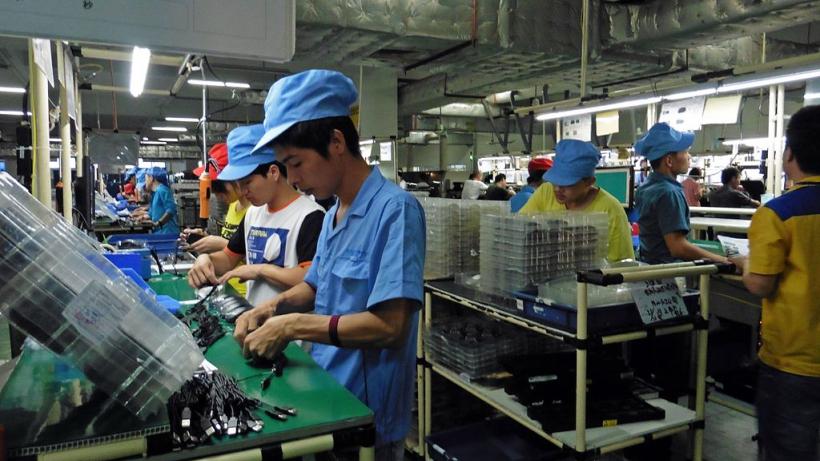
Op-ed: Unorthodox policies for unorthodox times
From protectionism to automation to climate change, today’s global context is changing. What does this mean for the development strategies countries choose to pursue? This blog, the first in a series of five, looks at how today’s context should influence our thinking.
New political forces, embracing economic ideologies that had been dormant for decades, are on the ascent in many of the main trading and geopolitical powers. The threat of conflict, both local and regional, is at its highest since the end of the Cold War. Automation is causing and is likely to cause major redistributions of income and wealth. Climate change is already affecting the lives of millions of people and this trend will only intensify. In short, the global context is changing - does this require adjustments to development strategies?
This blog, the first in a series, looks at each of the above global trends and considers how they should factor in the design of development policy. Our conclusion is not that development strategies need to be completely overhauled. For example, it is still sensible to seek to jump on global value chains or try to diversify the sectoral structure of the economy. However, the unorthodox times we are entering certainly seem to call for adjustments on the margin: unorthodox twists to the typical development model.
Is export-led growth the panacea?
Protectionism is back. A tumultuous trade outlook, driven by auguries of a trade war and uncertain demand, brings into question how quickly countries should rush to export to global markets. Greater protectionist barriers reduce the profitability of exporting while mature global value chains make it harder for newcomers to get a seat at the table. Meanwhile, looming in the distance is the thumping, metronomic rise of robots in automating production. Their deployment will deliver numerous benefits, chiefly from higher productivity (and ultimately greater leisure), although the spread of these benefits will not be even. Low-wage manufacturers will lose out as production re-shores to economies with infrastructure suitable for capital-intensive production. The spectre of conflict and regional instability –– can close off markets altogether. Given such turbulence, a safer development model might be to look at countries which may have grown less quickly but which have done so by relying less on the export of manufactured goods.
Re-emphasising the role of agriculture and services
An immediate corollary is that a rapid structural transformation into industry might not achieve the same results in today’s world. The next generation of growth stars might be less industrialised than their predecessors. If a trade war or baked-in value chains exclude you from being competitive in the global market, an optimal response might be to re-emphasise the role of agriculture and services in order to grow the economy domestically. Applying the wealth of evidence of how to improve agricultural productivity and studying how the service sector can create jobs is one way to keep the economy humming while lowering your exposure to these global currents.
The risk of deteriorating global trade and capital markets also means we should revisit our standard prescription on the balance of payments. Profligacy has real economic consequences with bad borrowers squaring off against merciless markets. The historical antidote has been to err on the side of fiscal prudence. If, however, trends of economic isolationism or greater risk of conflict continue, then the consequences of being shunned in global markets are smaller – especially if a country is already struggling to develop its export sector. If default becomes less costly then countries may be motivated to be less cautious in their borrowing and be slower to reduce their deficits. Instead of tight purse strings, it becomes more attractive during unorthodox times to finance a larger deficit with foreign borrowing to pursue more expansionary fiscal policies, particularly if these policies are geared towards investments in infrastructure, education, health, and resilience to climate change.
Focus on growth fundamentals
It is also important to stress which parts of the standard development agenda do not change. Although the global outlook is unsettled, none of this precludes countries from building up the bread-and-butter of development: institutions and investments that improve the efficient use of productive resources in a country. Tweaks on the margin might be advantageous in unorthodox times but the case for focusing on growth fundamentals remains as sound as ever. The rewards will be gradual, bearing fruit not over years but over decades; yet only through sustained rises in productivity can economic growth be maintained. Indeed, keeping a focus on productivity is the best guide to navigate any sort of time, even unorthodox ones.
Editor’s Note: This blog is part of a 5-part series on unorthodox policies for unorthodox times.
This blog post is linked to the LSE Festival: New World (Dis)Orders


